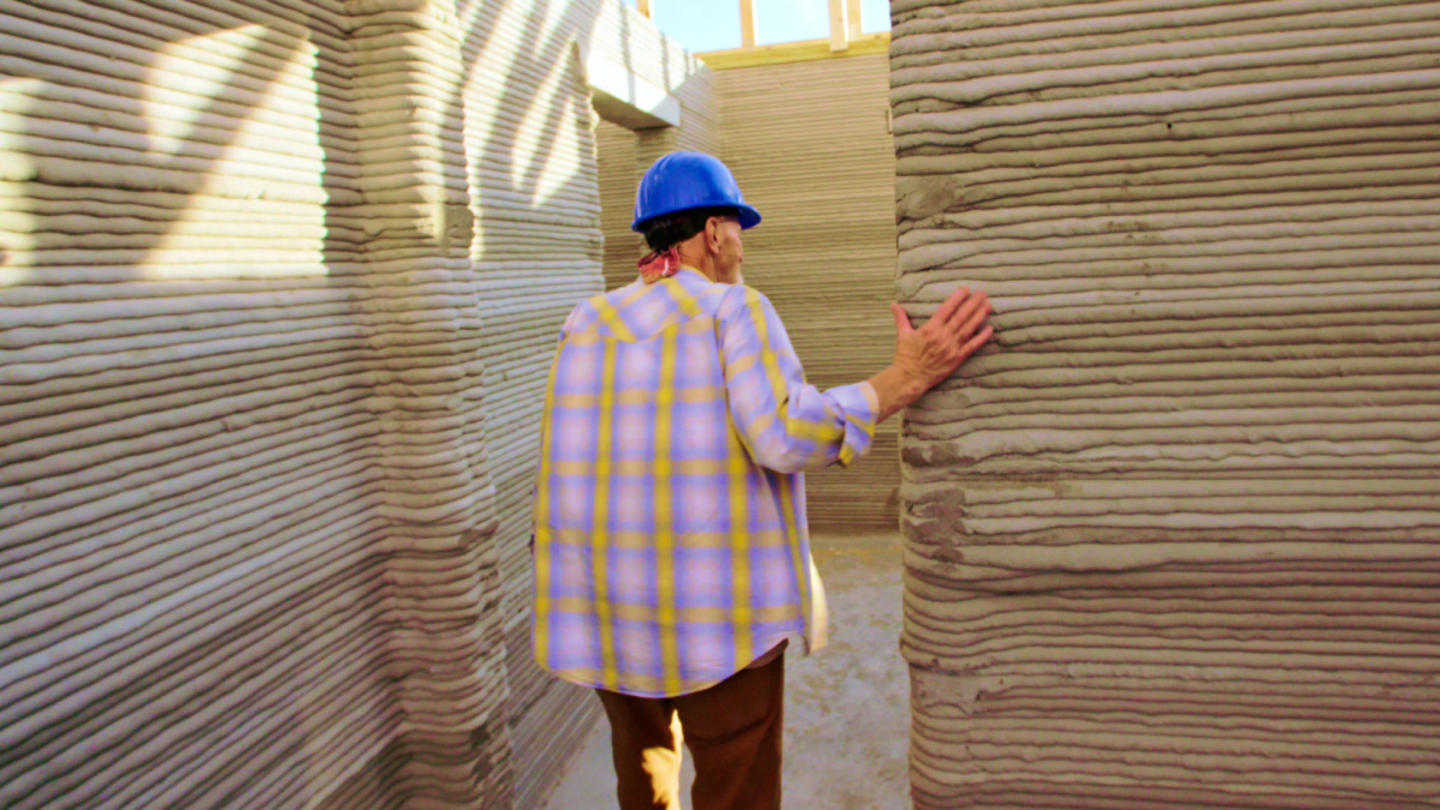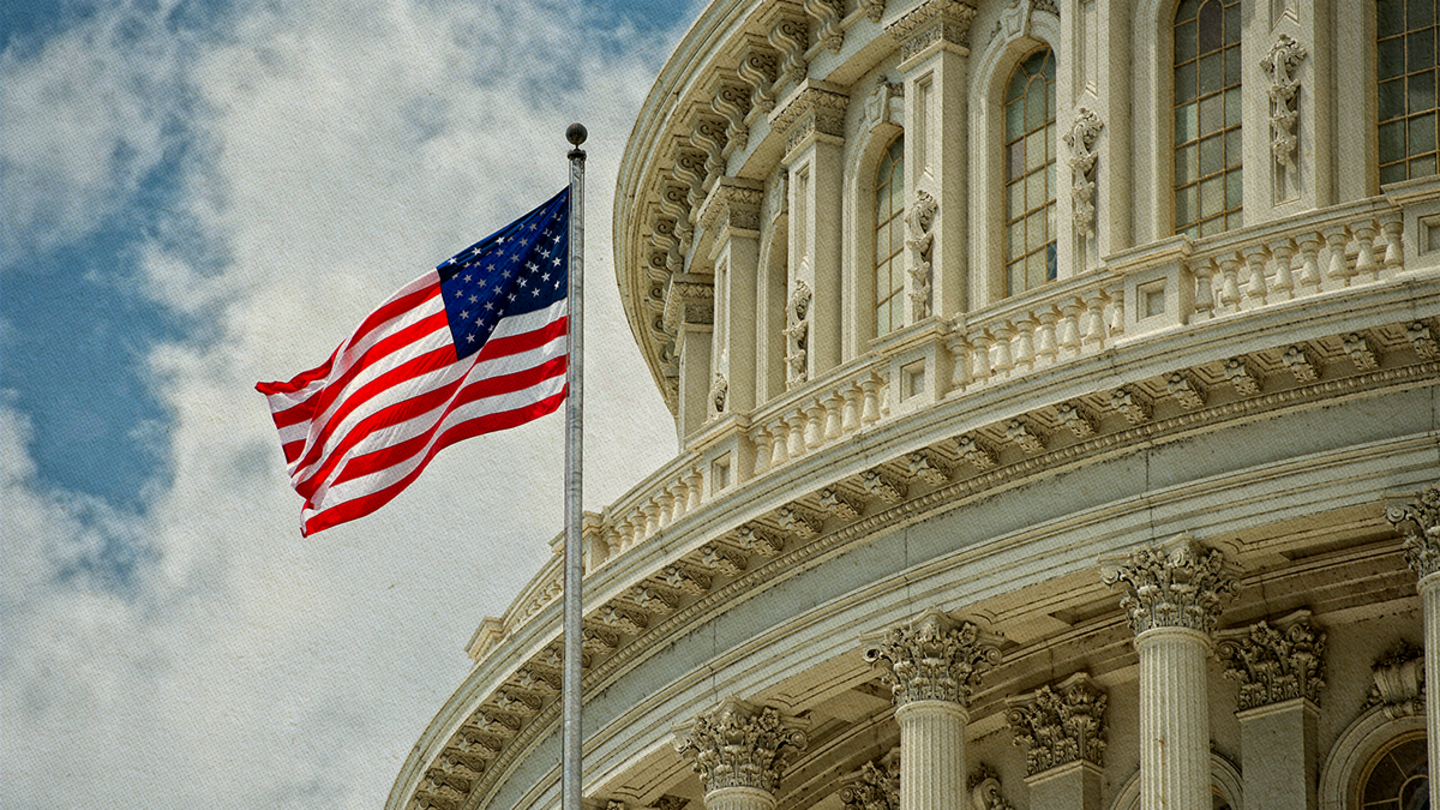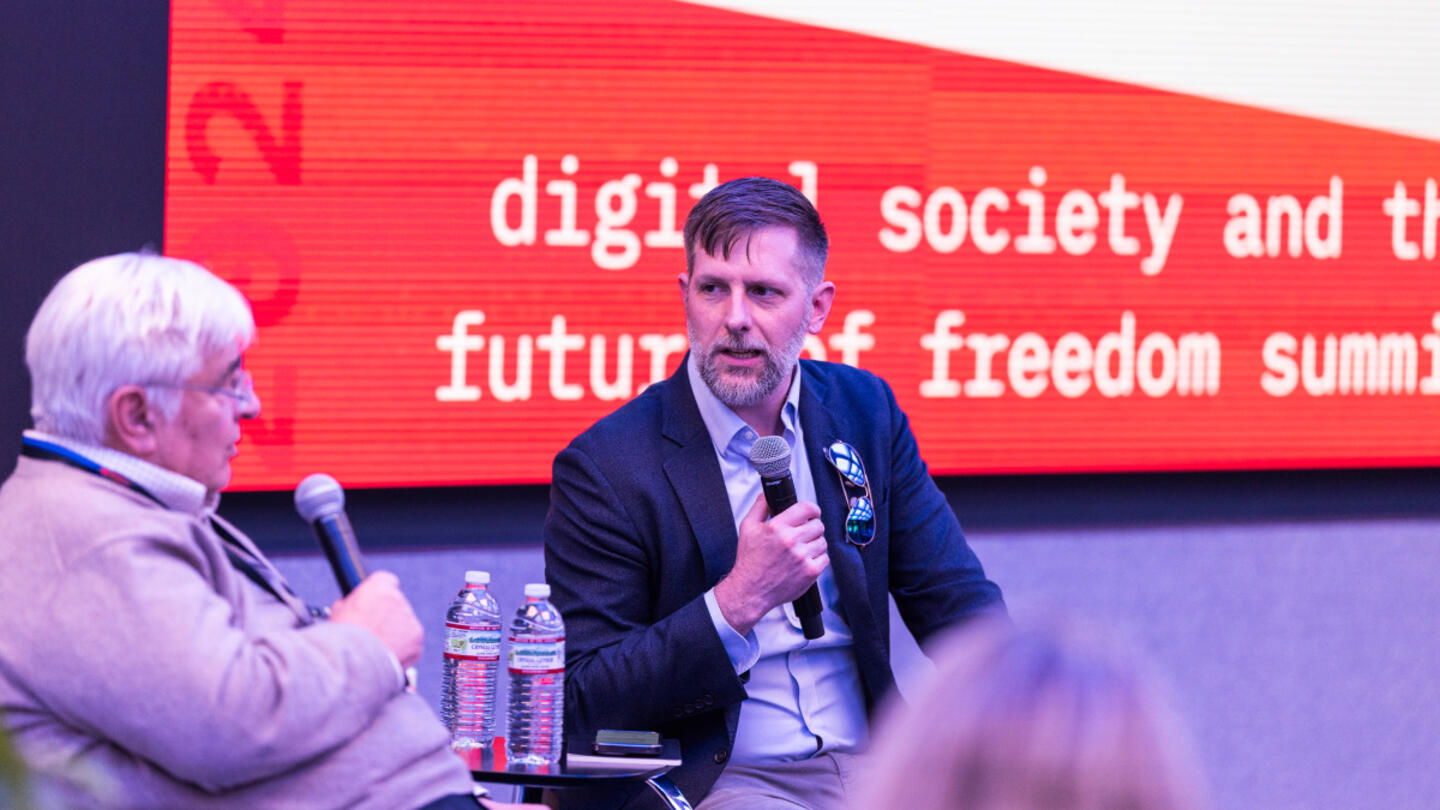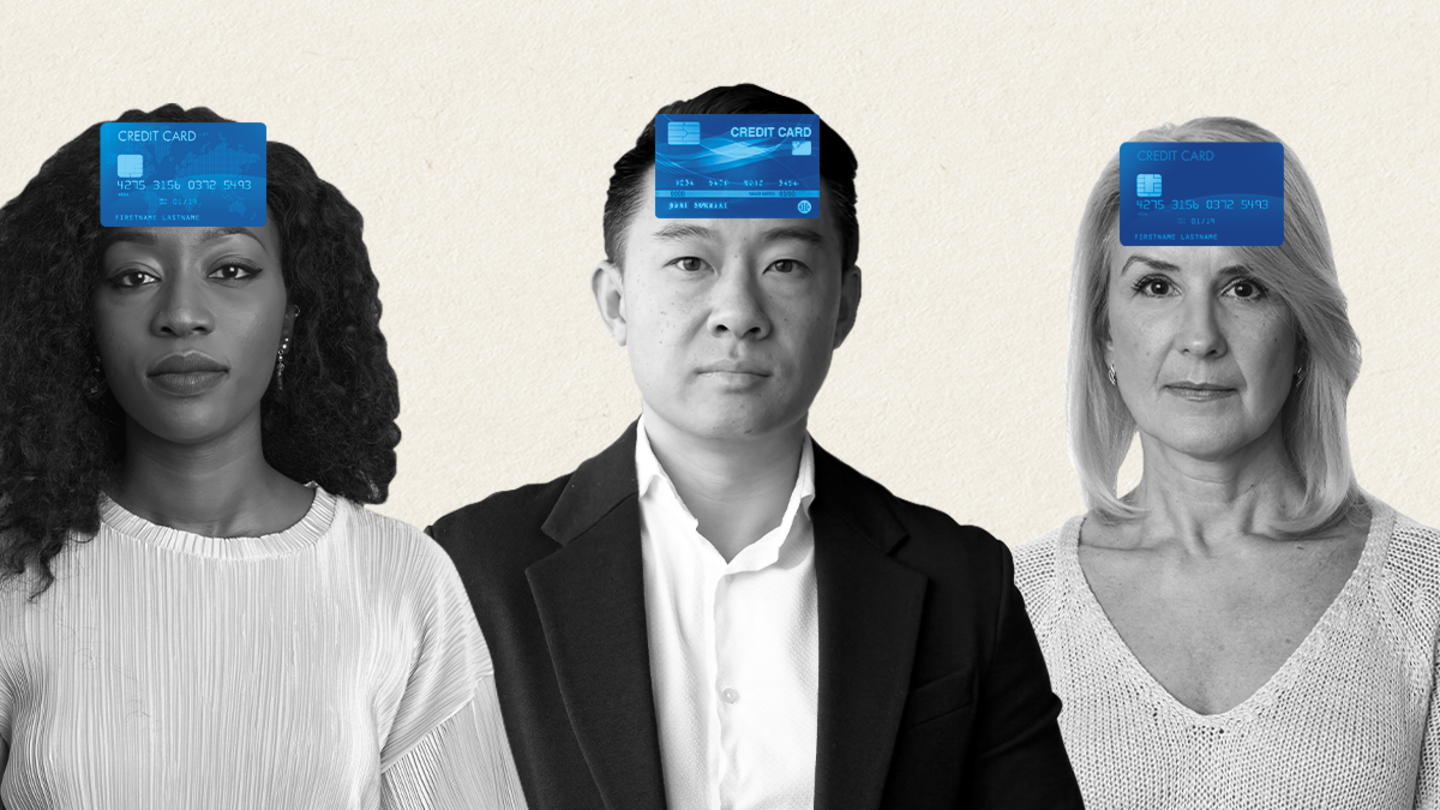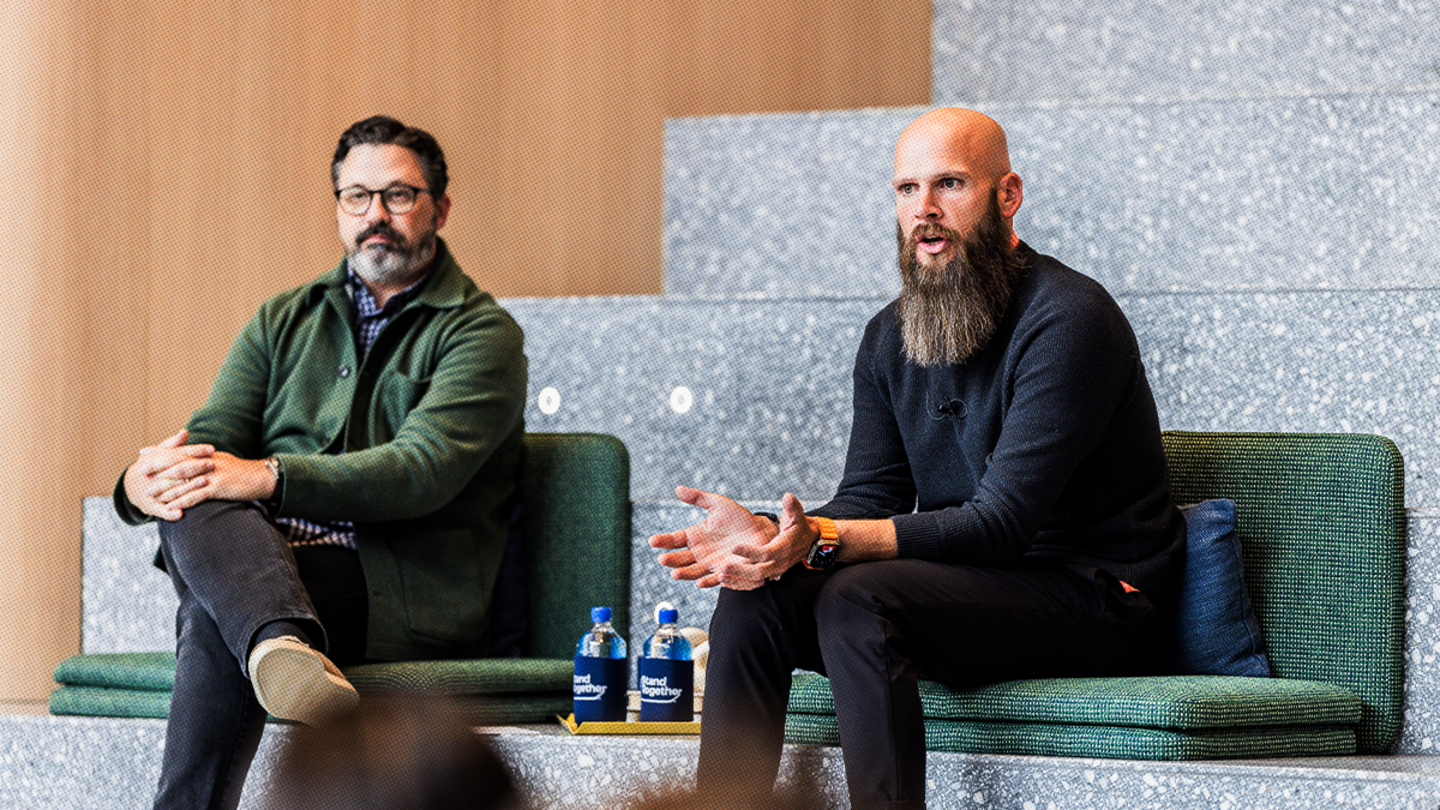Alan Graham had a mission: to serve the homeless. Starting in 1998, his nonprofit, Mobile Loaves & Fishes, did just that, first by providing meals. But Alan's vision was much greater. He saw first-hand that people experiencing homelessness needed more than just food and clothing. They needed a solution that included housing and, even more importantly, community. He began buying used RVs for what would eventually become a 51-acre master-planned development in Austin, Texas, which he named Community First! Village—a place where the chronically homeless could find not just shelter, but friends and neighbors too. "Housing alone won't solve homelessness, but community will," Alan says.
Their transformative and successful model is upending the way people think about lifting those who experience homelessness off the streets.
Now members of the Stand Together community are helping Alan fast-track his mission to expand their impact in Austin by adding 300 more homes to Community First! Village and are helping them accelerate their national replication strategy to scale their model in cities across the country.
And others are coming alongside Mobile Loaves in their efforts to help take their efforts to new heights. Partners like ICON, an innovative construction technology company that creates cutting-edge 3D printing technology to make homes faster, more affordably, and more sustainably than traditional approaches. "We are excited about the promise of this innovative technology and the potential it brings for both scaling our model and helping other communities around the country replicate our approach," says Amber Fogarty, President and Chief Goodness Officer of Mobile Loaves & Fishes.
"Vulnerable communities are almost never the first people to get access to breakthroughs in technology, and we get to deploy these breakthroughs in the service of people who need it most," says Jason Ballard, co-founder and CEO of ICON.
Tim Shea, one of the neighbors who lives in Community First! Village, will be one of the first people—ever—to live inside one of the six 3D-printed homes by ICON at the master-planned development.
"This is one of the highest and best uses of this technology. I hope that we have the privilege of getting to continue to work with Community First! Village to deliver more homes to the people who need it most," Jason adds.
With the crisis of chronic homelessness impacting cities across the country, Stand Together Foundation and Mobile Loaves & Fishes are working to spark a national conversation about more effective solutions to address this issue. These efforts are helping to bring people, community, and relationships to the forefront of conversations about how to lift up individuals facing the most significant barriers.
Amber says, "With our Stand Together partnership, as well as the partnership with ICON, we see incredible possibilities for the future. We want to help social entrepreneurs create their own version of Community First! Village, so that they can care for and serve the chronically homeless in their cities."
Learn More About Our Efforts in Economic Progress
